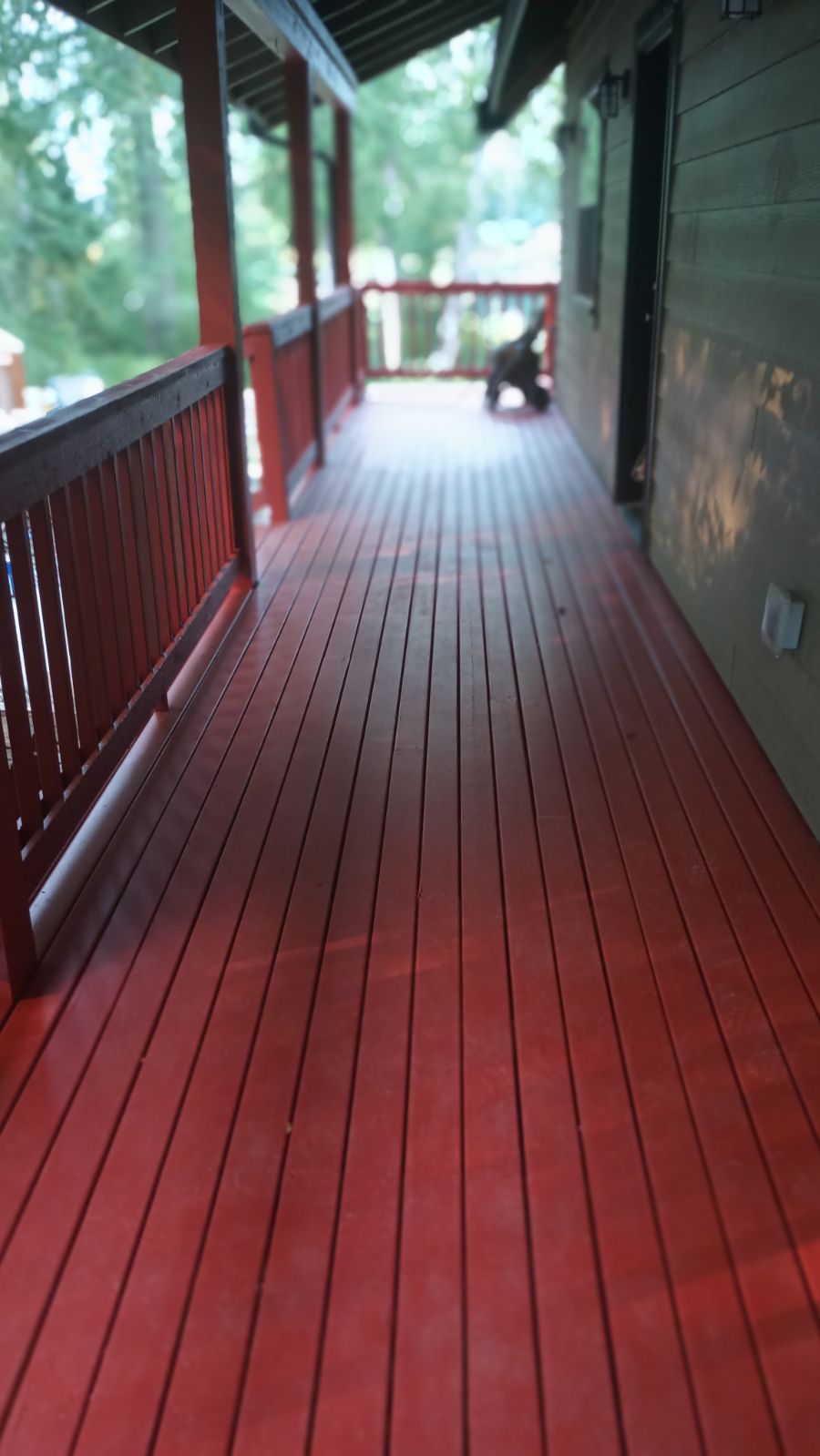
Mastering the Art of Faux Finishing: Tips from Rising Hawk Construction Nov 06, 2024
Choose the Right Tools and Materials The first step to mastering faux finishing is to gather the right tools and materials. You will need a base coat in the desired color, a top coat in a contrasting color, and tools such as brushes, sponges, or rags for creating the desired finish. Make sure to invest in high-quality paints and tools to achieve the best results.
Prepare the Surface Before you start faux finishing, it's essential to prepare the surface properly. Make sure the surface is clean, dry, and free of any imperfections. Fill in any holes or cracks, sand the surface if necessary, and apply a primer if needed. Proper surface preparation is key to achieving a smooth and professional-looking finish.
Practice on Sample Boards If you're new to faux finishing, it's a good idea to practice on sample boards before tackling a larger surface. This will give you the opportunity to experiment with different techniques and finishes and perfect your skills before moving on to walls or furniture. Keep practicing until you feel confident in your abilities.
Experiment with Different Techniques Faux finishing offers a wide range of techniques to choose from, including sponging, ragging, stippling, and more. Don't be afraid to experiment with different techniques to create unique and interesting finishes. You can also combine multiple techniques for a more layered and textured look. Remember, the key is to have fun and let your creativity shine.
Work in Small Sections When applying faux finishes, it's best to work in small sections at a time. This will allow you to focus on creating a consistent finish without rushing or making mistakes. Take your time and pay attention to detail, ensuring each section blends seamlessly with the next. Working in small sections will also prevent the paint from drying too quickly, giving you more control over the final result.
Blend Colors Smoothly One of the challenges of faux finishing is blending colors smoothly to create a seamless transition between different shades. To achieve a harmonious and natural look, make sure to blend the colors gently and evenly. You can use a dry brush or sponge to feather the edges and create a soft gradient between colors. Practice blending techniques until you achieve the desired effect.
Seal and Protect Your Finish Once you've completed your faux finish, it's important to seal and protect it to ensure its longevity. Apply a clear top coat or sealer to protect the finish from dirt, moisture, and everyday wear and tear. This will help maintain the beauty of your faux finish for years to come.
With these expert tips from Rising Hawk Construction LLC., you can master the art of faux finishing and transform your home with stunning and unique finishes. Whether you're looking to add texture, depth, or a touch of luxury to your walls or furniture, faux finishing is a versatile and creative painting technique that will enhance the beauty of your space. Start your faux finishing project today and unleash your inner artist!
/filters:no_upscale()/media/2676901a-c735-4e38-8502-be744c8514b8.png)
/filters:no_upscale()/filters:format(webp)/media/e7e411fd-678e-47eb-b4b3-873f6a9412a4.jpeg)